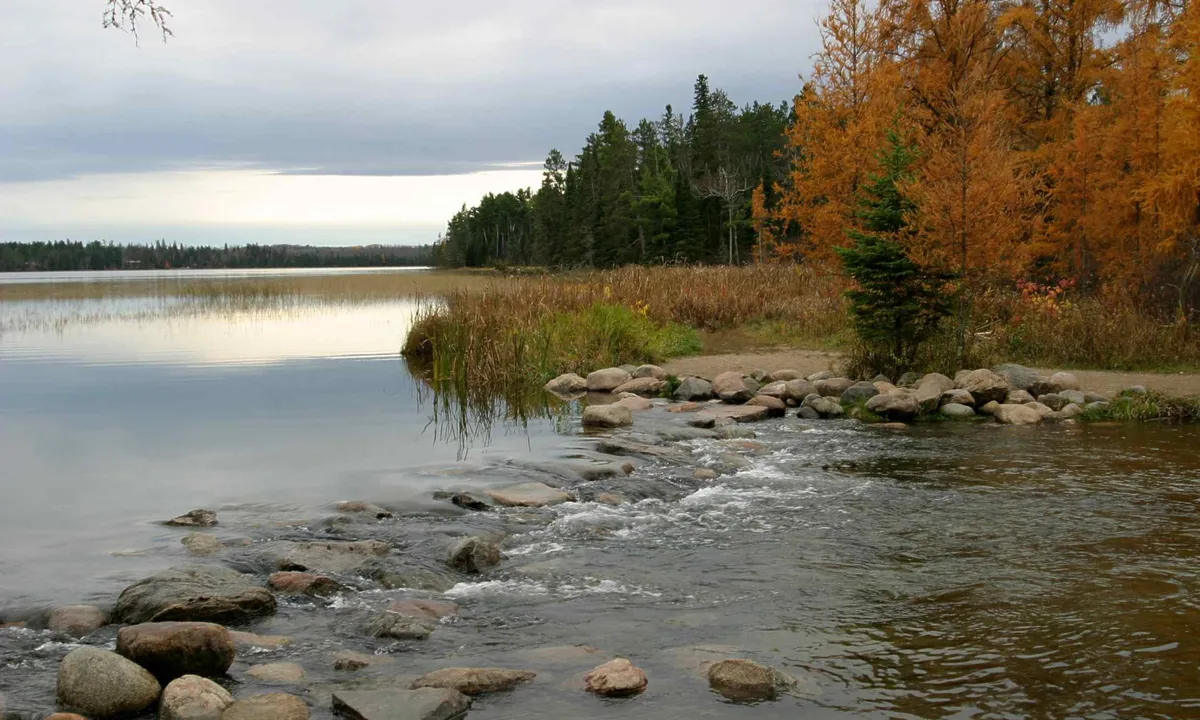
The scene near Starkville, Mississippi, appeared calm, but beneath the surface lay an astonishing secret. A dedicated team of researchers was exploring local creek beds when they stumbled upon a giant vertebra that shattered their expectations. After thorough investigation, they identified this remarkable bone as belonging to a creature that roamed the Earth millions of years ago—a mosasaur, a formidable marine reptile from the late Cretaceous period.
Researchers initially spotted the muddy outline of the fossil during routine mapping of ancient rock layers. Upon retrieval, they quickly recognized it as the vertebra of a massive predator that once dominated the waters of what is now Mississippi. “This is a true, true sea monster,” exclaimed James Starnes, a key figure from the Mississippi Department of Environmental Quality’s Office of Geology. The vertebra measured over seven inches (18 centimeters) in diameter, leading the team to conclude that it was one of the largest mosasaur vertebrae ever discovered in the state.
Mosasaur species were apex predators that thrived in warm, shallow seas. These extraordinary creatures could grow to lengths exceeding 30 feet (9 meters) and often weighed up to 20,000 pounds (9,000 kilograms), far surpassing the size of most land-based dinosaurs. Their jaws were equipped with rows of sharp, curved teeth designed for grasping prey. “The maximum (weight) is about 20,000 pounds that this animal could have reached. This is bigger than most dinosaurs walking around on land,” remarked Starnes.
The vertebra was subsequently passed to the Mississippi Museum of Natural Science for further examination. George Phillips, the museum’s paleontology curator, meticulously analyzed its shape and size to confirm its classification as belonging to the species Mosasaurus hoffmannii. “It’s the largest one from the back, or the neck for that matter, that I’ve seen,” stated Phillips. By comparing it with other specimens, experts inferred that this single vertebra belonged to a creature likely measuring around 30 feet (9 meters) in length.
The ancient seas that mosasaurs inhabited were bustling with life, sharing their environment with fish, sharks, and even relatives of modern octopi known as ammonites. With their powerful tails and paddle-like limbs, mosasaurs were skilled hunters, moving swiftly in pursuit of prey. Discoveries like this giant vertebra captivate the public, offering a glimpse into a world that existed just before the asteroid impact that contributed to the extinction of these reptiles around 66 million years ago. Each new fossil helps paleontologists piece together the ecological landscape of the region during that time.
“It might be the biggest one ever collected in Mississippi. That was the find of the day,” remarked Jonathan Leard, another researcher collaborating with Starnes. Beyond its impressive size, the exceptional state of preservation of the bone left scientists in awe. Museum specialists are set to protect and catalog the vertebra, adding vital information to ongoing studies of Cretaceous-era species in Mississippi.
The coastal waters of the late Cretaceous period once engulfed much of North America’s southern region, creating vast inland seas teeming with predators. The land surrounding Starkville, now dotted with creeks, was once submerged under waves that were home to these powerful marine reptiles. By mapping these ancient deposits, geologists can reconstruct how shorelines shifted over time and how various species adapted to changing environments.
Mosasaurs, including Mosasaurus hoffmannii, combined lizard-like bodies with aquatic adaptations, utilizing flippers instead of legs and long tails that allowed for surprising speed. These formidable reptiles were not picky eaters; they consumed fish, smaller marine reptiles, and even other mosasaurs. Their dominance in the marine food web persisted until the abrupt changes triggered by the Cretaceous-Paleogene extinction event.
Every large fossil discovery significantly enhances our understanding of ancient biodiversity. Even a single vertebra can unveil new insights into feeding habits, potential migration routes, and interactions with other marine predators. Researchers often compare bones from different deposits to analyze size variations among mosasaurs, while growth rings, bite marks, and other clues help unravel the behavior of these gigantic reptiles.
Local museums are dedicated to preserving each piece of Mississippi’s fossil record. Curators study everything from shells to entire skeletons, working to establish a clearer timeline of ancient life. Collaborative efforts between government agencies and academic experts enhance our understanding of prehistoric life in Mississippi. This recent find of a giant vertebra has sparked excitement for future surveys in the region, which may uncover more evidence of formidable sea creatures.
Information for this article was sourced from a Mississippi State University press release.
—– Like what you read? Subscribe to our newsletter for engaging articles, exclusive content, and the latest updates. Check us out on EarthSnap, a free app brought to you by Eric Ralls and Earth.com. —–